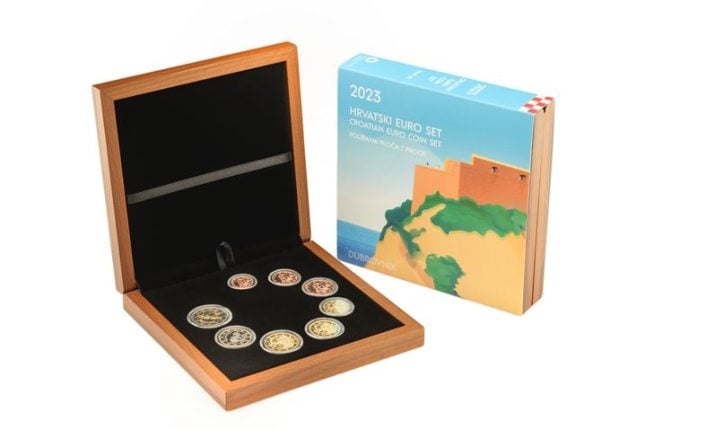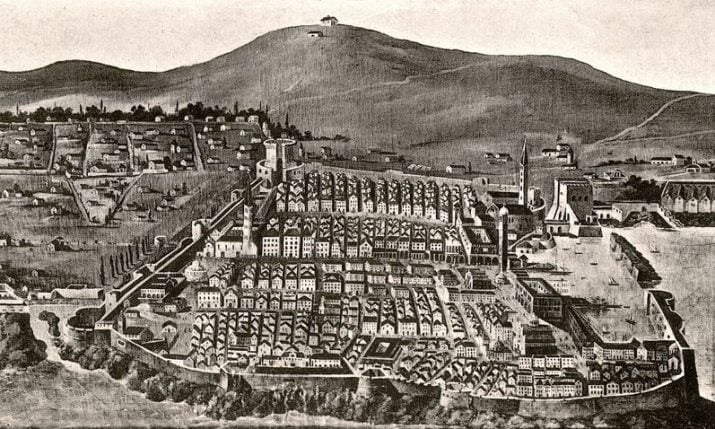Croatia ranks above European average on Human Capital Index
- by croatiaweek
- in News

Zagreb
ZAGREB, Sept 17 (Hina) – European and Central Asian countries continue to improve their health and education but face obstacles due to COVID-19, the World Bank said on Thursday in a Human Capital Index report which ranks Croatia above the average for that region and little above high-income countries.
Thanks to constant investment in the health and education of children and adolescents, young people in Europe and Central Asia have the possibilities necessary to develop into productive adults, according to the latest HCI, whereby the World Bank measures the levels of human capital before the pandemic.
“A child born in Croatia today will be 71 percent as productive when she grows up as she could be if she enjoyed complete education and full health. This is higher than the average for Europe & Central Asia region and slightly higher than in high-income countries. Between 2010 and 2020, the HCI value for Croatia increased from 0.69 to 0.71,” the report says.
“In Croatia, the HCI for girls is higher than for boys,” it notes, adding that, “In Croatia, there are not sufficient data to disaggregate HCI by socioeconomic groups.”
Slovenia’s HCI is 77, Austria’s 75, Italy’s 73, Serbia’s and Hungary’s 68, Bosnia and Herzegovina’s 58, North Macedonia’s 56, and Kosovo’s 57.
Finland has a high HCI (80), as does Ireland (79) and Estonia (78).
The COVID-19 threat
In a press release, the World Bank said the COVID-19 pandemic threatened the progress achieved in European and Central Asian countries.
Of the 48 countries in that region covered by the 2020 HCI, 33 are in the one-third of the most successful countries in the world, while almost all are in the upper half. The results correspond to the relatively high income of those countries. Wealthier ones can invest more in basic education and health services.
With the HCI, the World Bank measures a child’s development from birth to the 18th birthday according to indicators such as the survival rate from birth to the age of five, expected years of primary and secondary education depending on quality, stunting, and adult survival rates.
The 2020 HCI is based on data up to March this year and is a key reference measurement of the situation before the pandemic which can be used to come up with health and education policies and to plan investment in post-pandemic recovery.









